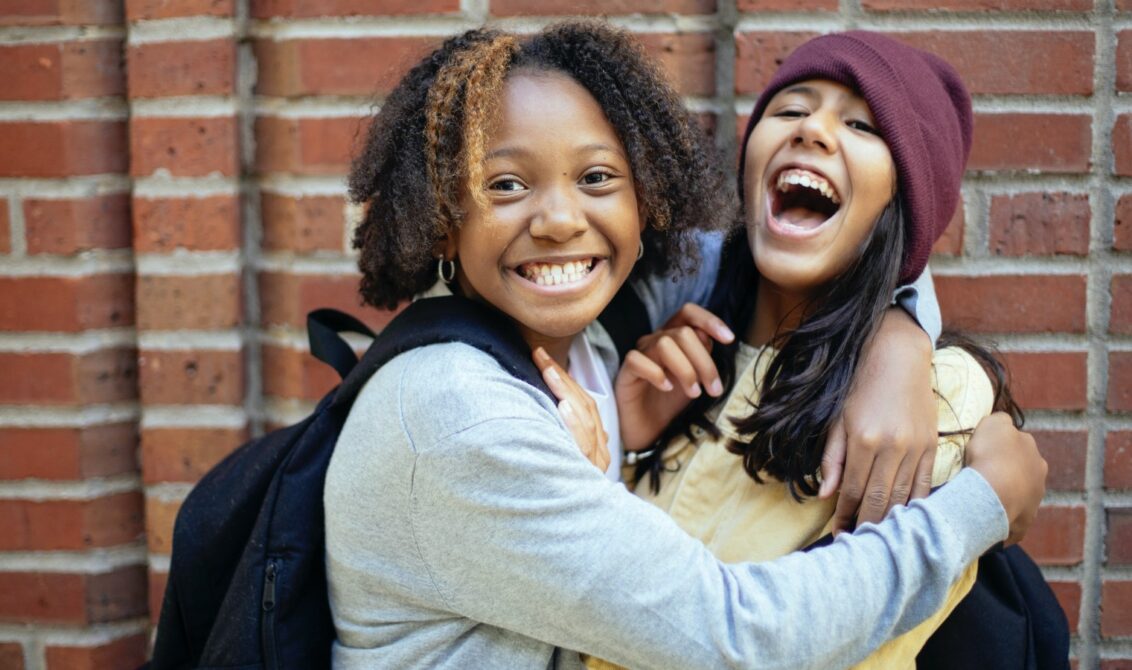
Every teacher knows that teaching isn’t just about imparting information. It’s also about nurturing your students and supporting them as they develop and grow as individuals. The best teachers care deeply about their students’ happiness and emotional wellbeing, as well as their educational attainment.
But school isn’t always the most pleasant place for children and teenagers. Bullying and cyberbullying are persistent problems in many schools, as is gender-based harassment. And outside school, the coronavirus pandemic, the climate crisis and the widespread use of social media are well-documented sources of stress and anxiety for students.
So, what can teachers do to make their classrooms a happy, positive place for students? Well, a little kindness can go a long way. Here are five ways that kindness can benefit everyone – and some ideas for creating a culture of kindness in your classroom.
“No act of kindness, no matter how small, is ever wasted.”Aesop
1. Kindness has a positive effect on wellbeing
A meta-analysis of happiness studies found that acts of kindness boost well-being. Being kind to your family, a stranger, or even observing acts of kindness, all have positive effects. It changes your perception of happiness and increases your satisfaction with life and feelings of connection with others.
What’s the first step to creating a culture of kindness in your classroom? Model kindness yourself. Think consciously about how you make students feel, and how you can build their self esteem.
Of course, you probably do this anyway, but setting an intention can really focus your behaviour. Make an effort to greet students by name each day. Be patient, listen and pay attention to them. Reassure and support them when they’re struggling.
Also notice, call out, and reflect on students’ acts of kindness. All these small steps will help to build a kind and supportive atmosphere in your class.
2. Kindness can reduce the negative effects of stress and anxiety
The disruption and uncertainty of the pandemic have affected everyone. And levels of stress and anxiety among children and young people are higher than ever before. This has a detrimental effect on learning. So what can teachers do to reduce stress among their students?
Studies have shown that engaging in acts of kindness can help to reduce anxiety and lower stress levels.
You can implement this in your class by challenging your students to commit an act of kindness every day. You could suggest things like:
- Giving someone a compliment
- Sharing resources with someone
- Helping with a chore at home
- Making someone laugh
- Telling a family member you love them
- Calling a friend to ask how they are
Get your students to add their ideas – they might surprise you!
3. Kindness can reduce the negative effects of bullying
Bullying – including cyberbullying – is a fact of life in many schools. But creating a culture of kindness in your classroom can actually mitigate the negative effects that bullying can have on children. You can intervene in a powerful way by having an explicit discussion on the ways that kindness and technology can intersect.
Talk about student behaviour on social media, and ask how it makes them feel. A useful exercise is to ask students about their tech use:
- Do they use a messaging service?
- Do they play games online?
- Do they use social media?
Ask them to rate themselves from 1 to 10 for their kindness levels in their online interactions. Then, ask them to choose an area to improve on.
If you are worried about bullying in your classroom, explore these resources provided by the NSPCC.
4. Kindness can improve popularity
Research has shown that when children engage in acts of kindness, their peer acceptance and popularity increases. Being well-liked by classmates has a positive effect on the class community, as well as individual students. For example, pre-adolescent children who are well-liked are more inclusive and less likely to bully others when they are teenagers.
In addition, groups of children with an even distribution of popularity show better average mental health than classrooms where there are popular children and marginalised children. So, kindness can have an elevating effect on entire classrooms – and even entire schools.
Make some time in your class for activities that are specifically designed to elicit kindness from your students. Encourage students to compliment each other. Reward students for sharing and other caring behaviours. Each small action or activity will build towards a caring culture.
5. Learn more about kindness
You can read more about the science of kindness at Kindness.org, a non-profit dedicated to spreading kindness. Their website has lots of resources for all ages. Random Acts of Kindness is another non-profit offering a free kindness curriculum for students of all ages.
Read also how CIS International School in Saint Petersburg are making a difference with acts of kindness.
Sign up to receive our blog updates
Like what you read and want to receive more articles like this direct to your inbox? Subscribe to our blog and we’ll send you a fortnightly digest of the blog posts you may have missed, plus links to free resources to support your teaching and learning.
Photo by Mary Taylor from Pexels

